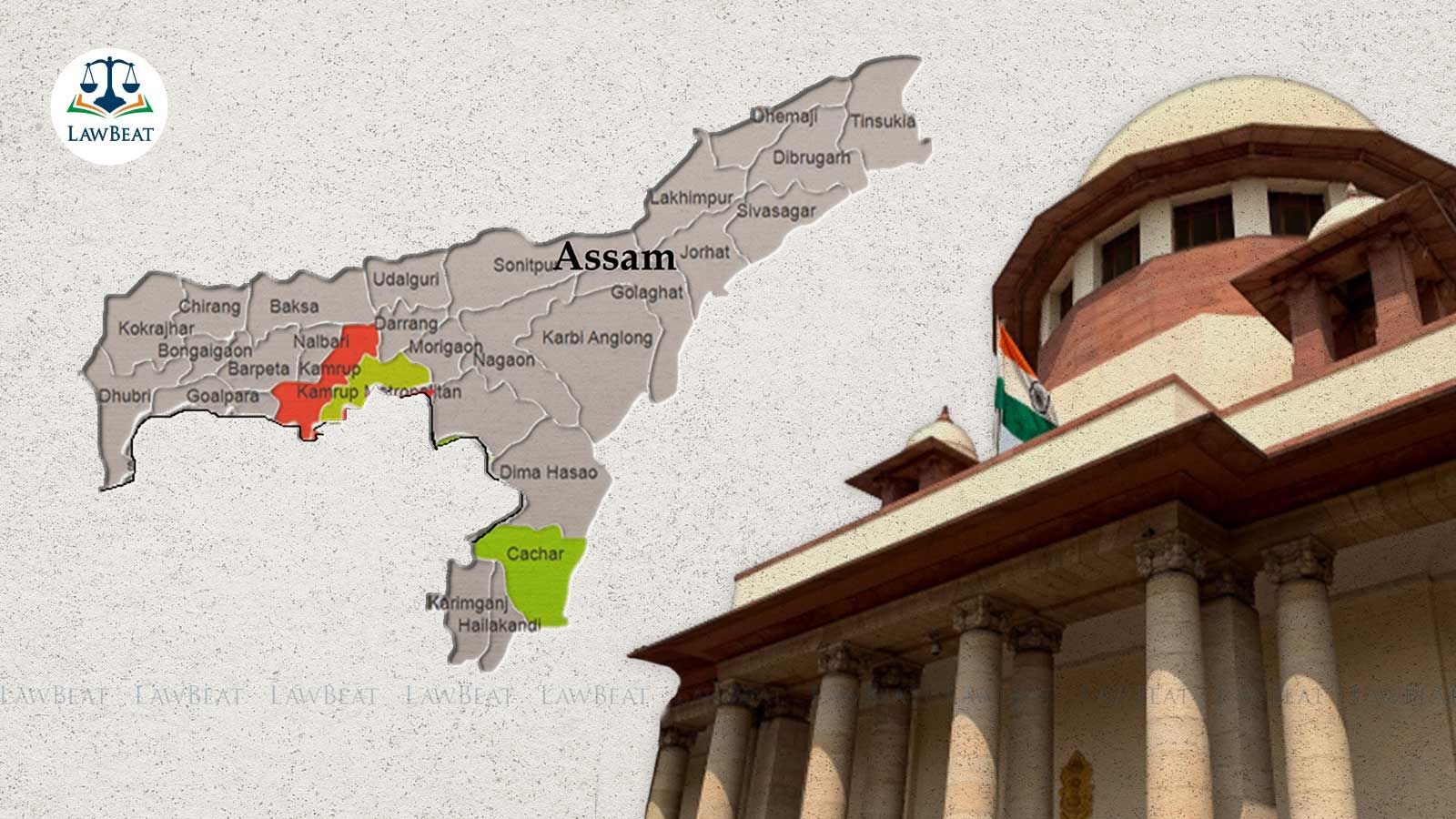Supreme Court issues notice on plea challenging Assam delimitation process; refuses to grant stay

The top court has agreed to examine the constitutional validity of Section 8A of the Representation of the People Act, 1950, which empowers the Election Commission to undertake the delimitation of constituencies.
The Supreme Court today issued notice to the Central government on a plea filed by 9 opposition parties challenging the recent draft proposal of the Election Commission of India (ECI) for the delimitation of Assam's Assembly constituencies and Lok Sabha constituencies.
A CJI DY Chandrachud led bench has granted three weeks to the Centre to file its counter in the matter. Two additional weeks have been given to file rejoinder.
Notably, the bench also comprising Justices JB Pardiwala and Manoj Misra added that it could not stay the process.
"We issue notice, counter be filed in three weeks. At this stage, when the process of delimitation has already commenced, it would not be appropriate to interrupt the process at this stage. We are not issuing any orders to the ECI on the same", the bench has ordered.
The ten opposition leaders who have approached the Supreme Court have specifically challenged the methodology adopted by the poll panel and its proposals notified on June 20, 2023.
Solicitor General Tushar Mehta told the bench today that the impugned draft proposal was issued in December 2022 and every political party was represented in the process.
"1200 proposals in 20 hours..this is not happening in Arunachal or any other place..only in Assam..", replied Senior Advocate Kapil Sibal.
The petitioners have contended before the Court that while the Constitution of India envisaged an exercise to readjust constituencies to ensure that they were all composed of an almost equal population, by relying on 2001 Census figures, the ECI has created three categories of districts and has taken a different yardstick for the three categories allegedly resulting in a possible deviation of up to 33 percent between the populations of the largest and the smallest constituencies.
Case Title: Hirendranath Gohain vs. Union of India and Ors
